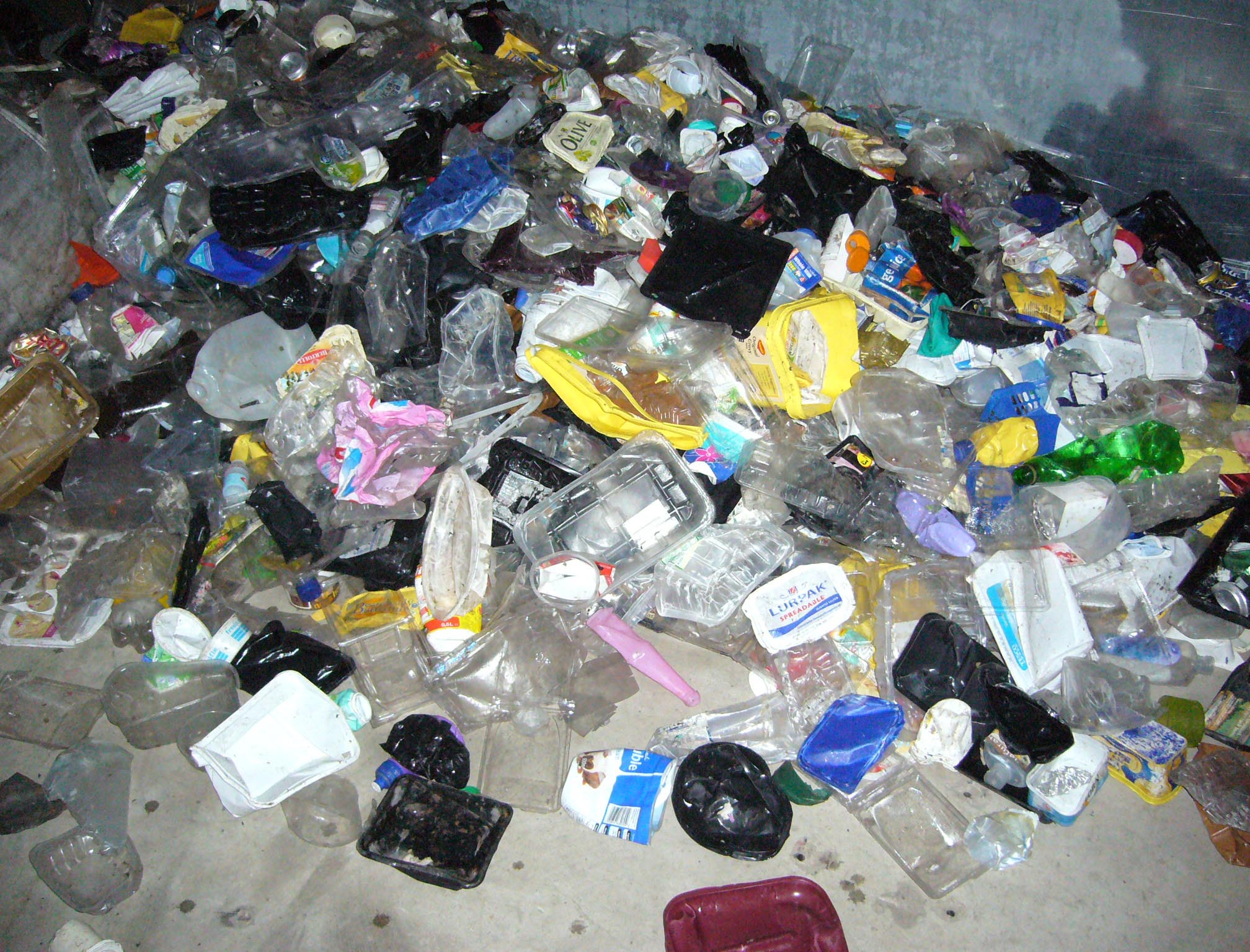
Plastics industry supports action to grow recycling five fold

Davos-Klosters, Switzerland – Over 40 industry leaders from the global plastics value chain have rallied behind a new plan to tackle plastics waste, which could increase recycling from just 14% today, to over 70%.
The plan is presented in The New Plastics Economy: Catalysing Action, a report by the World Economic Forum and the Ellen MacArthur Foundation. The organizations calculated last year that there could be more plastics than fish (by weight) in the ocean by 2050 if no action is taken immediately. The report is launched officially this week at the annual meeting of the World Economic Forum.
The report provides the global plastics industry with a transition strategy for better package design and increased recycling rates. The report states that 20% of plastic packaging could be profitably re-used, for example by replacing single-use plastic bags with re-usable alternatives or designing innovative packaging models based on product refills.
A further 50% of plastic packaging could be profitably recycled if improvements are made to packaging design and after-use management systems. This could bring in an additional US$90 to US$140 per tonne of mixed plastics.
Without fundamental redesign and innovation, the remaining 30% of plastic packaging (by weight) will never be recycled and the equivalent of 10 billion garbage bags per year will be destined to landfill or incineration
The plastics recycling plan is part of the New Plastics Economy initiative, which was launched in May 2016 as a result of Project MainStream, a multi-industry collaboration led by the World Economic Forum and the Ellen MacArthur Foundation. The multistakeholder New Plastics Economy initiative brings together for the first time leading organizations representing every sector of the global plastics industry including chemical manufacturers, packaging and consumer goods producers, retailers, city authorities and recyclers, all working together to a more effective global system for plastics.
“The New Plastics Economy initiative has attracted widespread support, and across the industry we are seeing strong initial momentum and alignment on the direction to take. The New Plastics Economy: Catalysing action provides a clear plan for redesigning the global plastics system, paving the way for concerted action.” said Dame Ellen MacArthur, the Founder of the Ellen MacArthur Foundation.
“This could drive systemic change,” said Dominic Waughray, Head of Public Private Partnership, and a member of the Executive Committee of the World Economic Forum. “The plan puts innovation at the heart of a strategy that could shift the entire system while unlocking a billion dollar business opportunity. Alignment along value chains and between the public and private sector is key to this.”
The focus of the New Plastics Economy over the next year will be to bring about large-scale innovation. The initiative will launch two global innovation challenges to kick-start the redesign of materials and packaging formats as well as setting global common standards (a “Global Plastics Protocol”) for packaging design, concentrating initially on the most significant changes. It will also improve recycling systems by delivering collaborative projects between companies and cities participating.
“Minor changes in material, format and treatment, in conjunction, can make the economics of recycling viable and take us into a positive spiral of higher yields, lower costs and better design. The result will be plastic that remains a valuable material before and after use,” said Martin R. Stuchtey, Professor for Resource Strategy and Management at Innsbruck University, who contributed to the report.
The 47th Annual Meeting of the World Economic Forum takes place this week from 17 to 20 January 2017 in Davos-Klosters, Switzerland, under the theme Responsive and Responsible Leadership. More than 2500 participants from nearly 100 countries will participate in over 400 sessions.













































